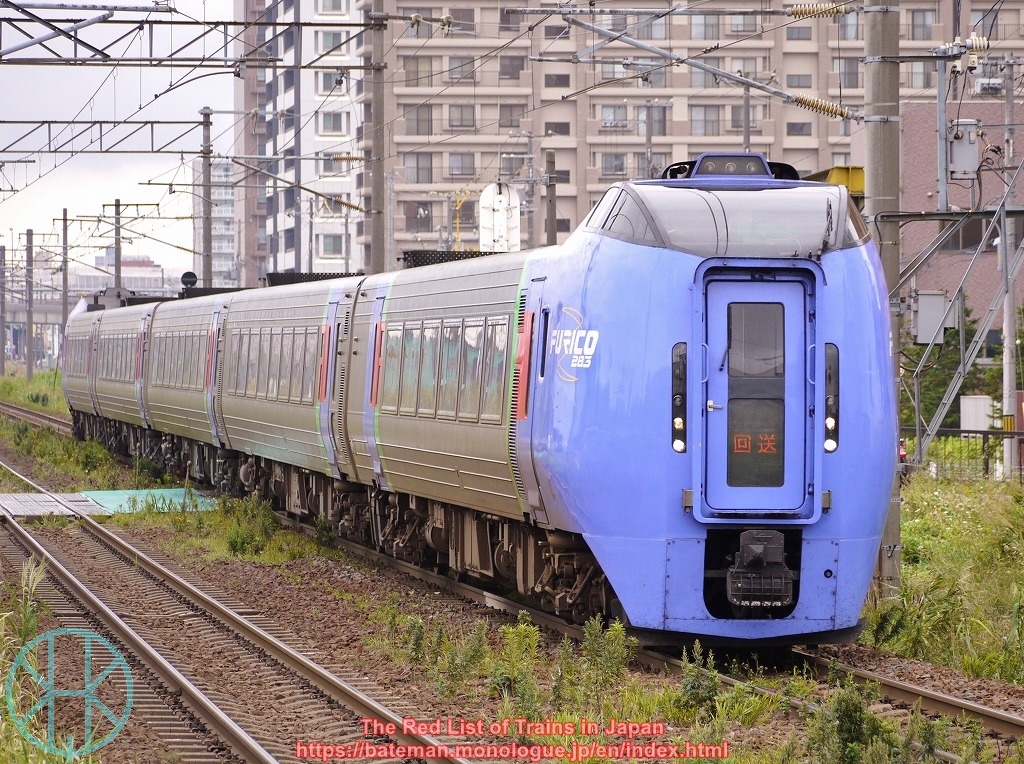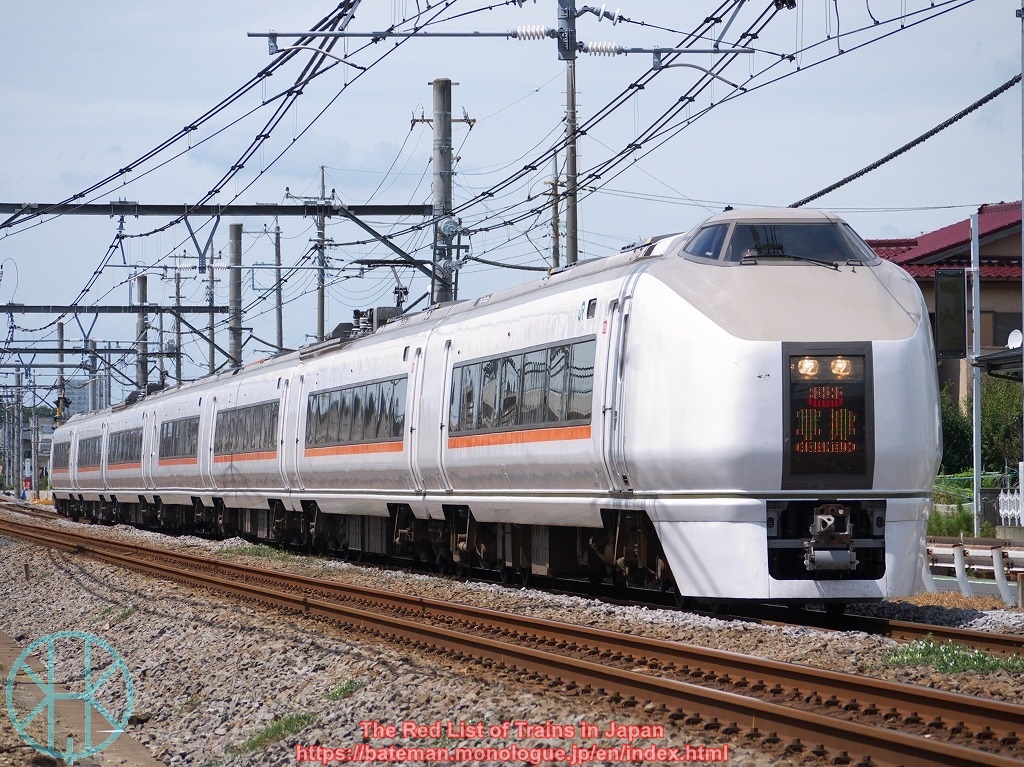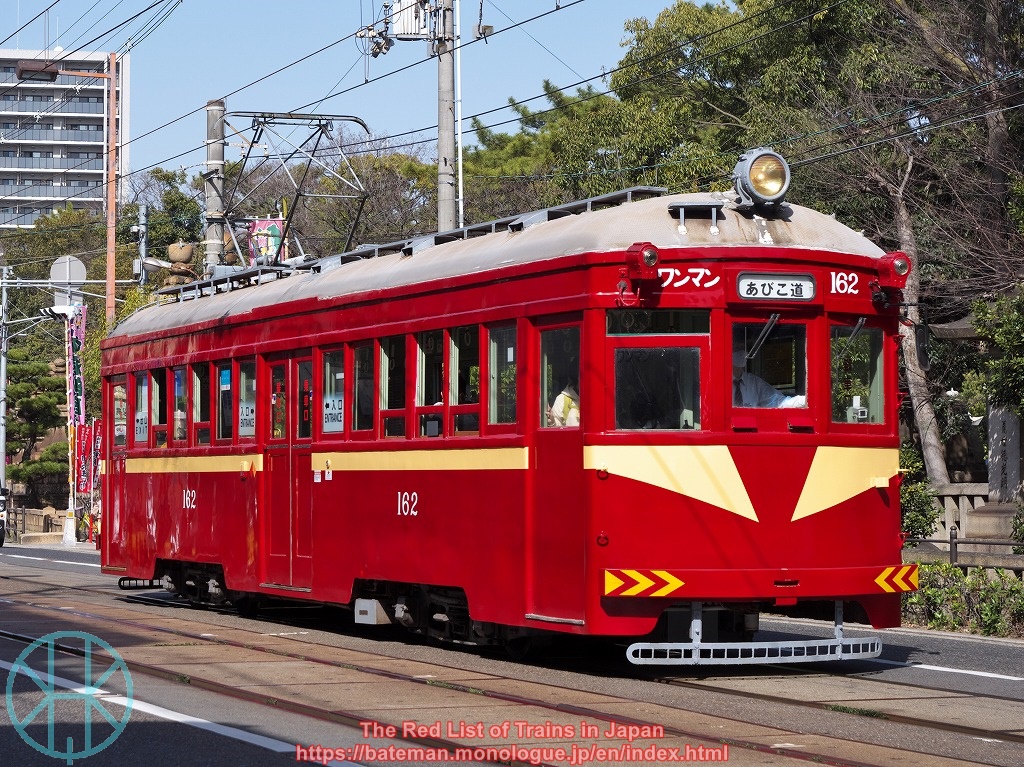On Saturday 18 March 2023, two new lines were added to Tokyo's railway network: Sotetsu and Tokyu Shin-Yokohama lines. Sotetsu Shin-Yokohama line was extended from Hazawa yokohama-kokudai (hereinafter referred to as Hazawa YK) to Shin-Yokohama, while Tokyu Shin-Yokohama line was opened from Shin-Yokohama to Hiyoshi. There are now hundreds of through-services every day from Sotetsu to Tokyo via Tokyu lines and vice versa.
As the biggest railway project in more than a decade has been completed at last, it is expected that Shin-Yokohama, an interchange station of Tokaido Shinkansen high-speed rail, will be even more convenient and easier to access for people not just in Kanagawa Prefecture but also western part of Greater Tokyo.
However, when I visited the new stations on the very first day, I found that the new through-services are confusing and even chaotic as described below.
This is a route map on a wall. It covers all stations managed by SEVEN railway companies that the new through-services would call at: namely Sotetsu lines as well as JR Saikyo line, Tokyu Meguro and Toyoko lines, Tokyo Metro Fukutoshin and Namboku lines, Toei Mita line, Saitama Railway Saitama Stadium line and Tobu Tojo line. It is extremely hard to find one's destination without help.
Destination displays show confusing information as well. In Japan, trains that call at every station are generally written as "Local" with white (or black) letters. But this display is so colourful that it is not easy to comprehend what do they mean. Displays on trains also adopt the same colour patterns. Apparently not a good idea for those with colour vision deficiency.

The colourful displays indicate routes of each train, as (hopefully) the map above shows. Since trains for Tokyu Toyoko line and others for JR Saikyo line run towards the same direction, it is vital to make it clear which line does the train go. For example, there are trains for Ikebukuro via Tokyu Toyoko and Tokyo Metro Fukutoshin lines and others via JR Saikyo line. The most confusing ones can be observed in the weekend morning: a train departing Hazawa YK at 7:51 is for Kawagoe via Saikyo line, while another one at 7:55 is for Kawagoeshi via Toyoko, Fukutoshin and Tobu Tojo lines. Both trains call at Ikebukuro despite they run completely different lines. Not a few passengers will certainly take a wrong train and thus pay 140 yen more than what was supposed to be.

Any timetable revision always causes a certain level of misunderstanding and confusion, but the Sotetsu-Tokyu through-services are hard for everyone. Generally speaking, a new railway is something to be welcomed, but these new ones are quite tricky.



.jpg)










